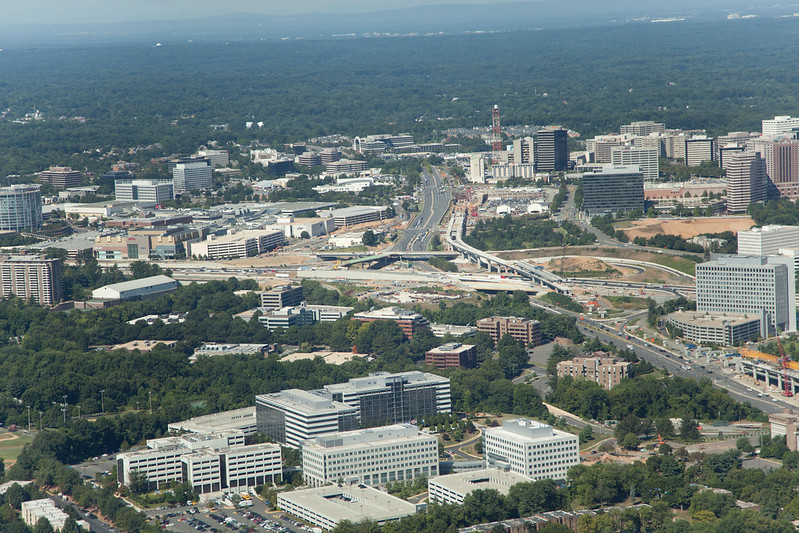
While driving back from Washington, DC, I reflected on the physical change in this area. It took me one hour to drive thirteen miles from Alexandria to I-66 and another four hours to drive 177 miles to my home in Lynchburg, VA. My scenery went from a forest of multi-story apartment complexes, bumper-to-bumper traffic – sometimes three abreast, to shopping centers with parking decks, before arriving at verdant hills with blooming dogwoods and vibrant redbud. Because I had an aunt that lived in DC, this road has been driven often for sixty-five years.
In real estate terms, change is done through zoning and typically happens when agricultural land is rezoned for a different purpose into residential, commercial, or industrial. Once known for its farms, Northern Virginia has transitioned from an agrarian society to a multi-use area with government and government support agencies, food franchises, schools, Fortune 500 companies, airports, and a state-of-the-art subway system.
At my age, change is part of life. It never stops. I mention the time traveled to Lynchburg because it took me 4.5 hours as a child to travel there before the interstate, which was the same on this day but was longer when there was an auto accident.
Change is both good and bad. As a Realtor, I acknowledge that we are developing much-needed housing and commerce in an area, but we are doing it with the loss of farms, which will be spoken about in upcoming blogs. With progress comes the need for more excellent education for the Realtor and the public. Realtors must expand their knowledge, especially by obtaining a National Association of REALTORS designation: ALC, CPM, CCIM, and GRI. Our citizens must understand development and land-use principles for wise personal and collective decisions.
Returning home and reminiscing about these many travels along this route, I could not wonder what the next sixty-five years would be like. Will Lynchburg and Washington merge as one megacity? Will the metro connect to my city? What will the role and knowledge of a REALTOR be? Will we see and smell any farms, dogwood, or redbud, or will it be the smell of automobiles and factories?
For those who would like some easy reading about city design, I recommend two books by Peter Kageyama, For the Love of Cities: The Love Affair Between People and Their Places and Love Where You Live: Creating Emotionally Engaging Places.

Recent Comments